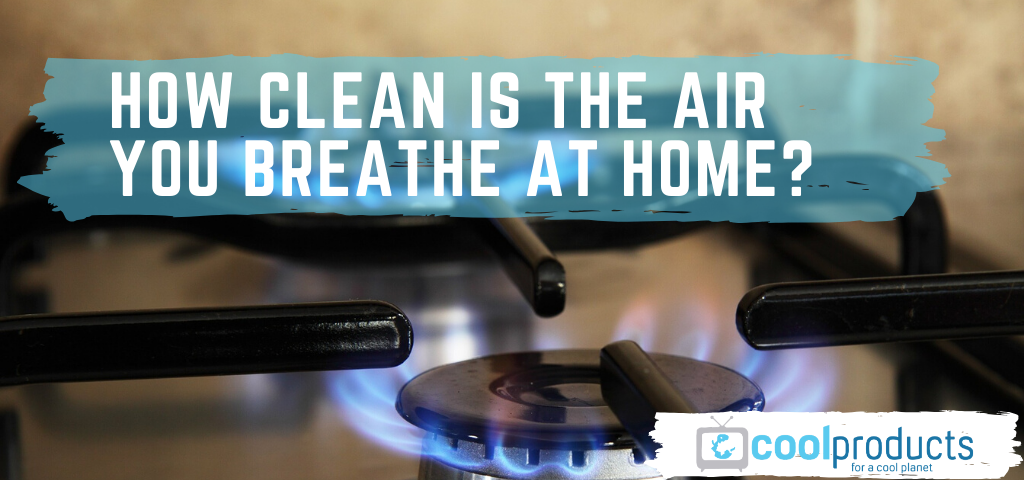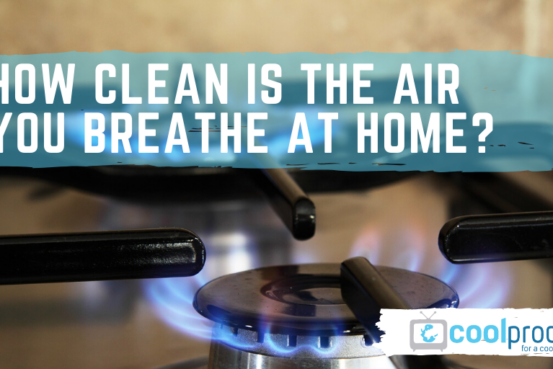A new study reveals that indoor air gas stoves expose people to air pollution levels that are largely above EU air quality standards limits. The European Commission should protect our health and the environment, and regulate emissions from gas hobs.
Simply breathing at home after you have cooked lunch can be harmful to your health if you own a gas hob. Pollution from gas hobs and stoves contributes to making indoor air two to five times dirtier than outdoor air, according to a recent study carried out by the Rocky Mountain Institute of the United States. Homes having gas-powered cooktops registered air concentration levels from 82 to 300 of NO2 particles per billion (ppb), reaching close to three times the EU limit (106 ppb) for NO2 peak concentrations. NO2 and NO form the family of nitrogen oxides, or NOx, produced when fuels are burned at high temperatures in the presence of nitrogen.
The report highlighted that tens of millions of Americans are likely to be exposed to air pollution levels in their houses that would be illegal outside. The situation is most probably similar in Europe, as one in three households across the continent cooks using gas burners – a proportional share to families in the United States.
The Rocky Mountain Institute study also shows that emissions from gas appliances are especially harmful for children. They contribute to an increased risk of childhood asthma, irritated airways, and aggravated respiratory symptoms such as wheeze, cough, chest tightness and difficulties in breathing.
Even if this data comes from across the ocean, it should be a wakeup call for Europe too. At the moment, there are no emissions limits for NOX from our cooking appliances. The European Union should set such limits in its ecodesign regulation on cooking appliances, currently under review. This would force out of the market these gas hobs and stoves that pollute too much. It is surprising that such emission limits do not yet exist for hobs while other gas-powered indoor products, such as gas-powered local space heaters, do have limits to protect people from breathing hazardous air at home.
EU institutions will soon have a chance to tighten the design requirements for hobs as in 2021 the European Commission is expected to present a proposal to revise the Ecodesign (EU 66/2014) and Energy Label (EU 65/2014) Regulations, which set requirements for domestic ovens, hobs and range hoods in the EU.
To prepare the ground, the Joint Research Council, an in-house research unit of the European Commission, is currently conducting a preparatory study, expected to be ready by the end of 2020. Results from this study will feed policy discussions among the European Union institutions as they review the current ecodesign and energy labelling regulations for cooking appliances introduced in 2014.
Make white goods green
Hobs are not the only appliances in kitchens whose rules will be reviewed by the European Union in the coming years – or have been modified recently. The rules for fridges and dishwashers were revised in 2019, ensuring that these become more efficient and last longer. The need to establish such rules for kettles will also be assessed through a preparatory study starting this year.
The new ecodesign working plan for 2020-2024 will define the new priorities, and regarding kitchen appliances, the Coolproducts campaign would like to see microwave ovens and professional cooking appliances regulated in the future, contributing to achieving a carbon neutral continent by 2050.



